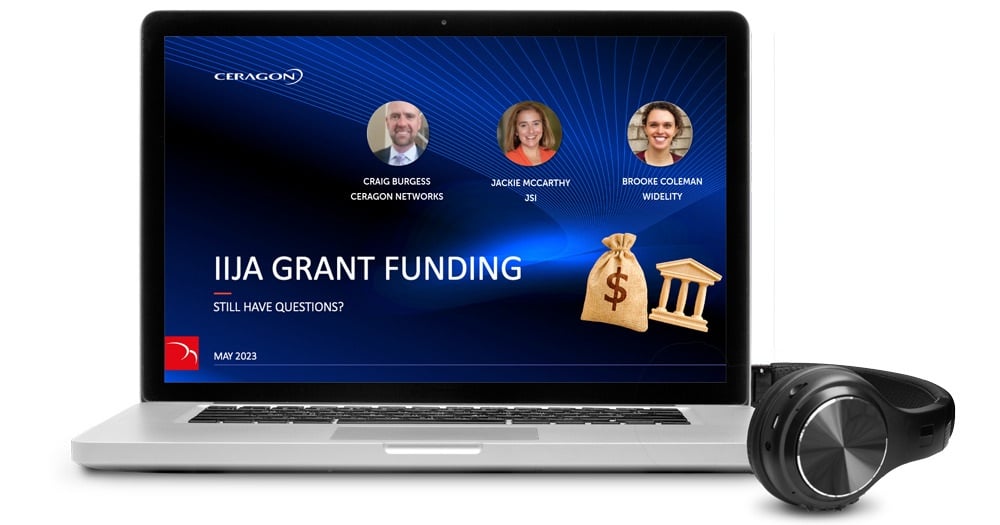IIJA FUNDING - STILL HAVE QUESTIONS?
Feeling overwhelmed with all the broadband funding buzz? The IIJA Broadband Funding Programs have many people perplexed. There is still much confusion. Some of the questions operators are asking themselves:
• What are the rules?
• Am I a good candidate?
• How much of the funds do I have to match?
• What is different in my state?
• What will be the business impact if I get funding?
• Who is having success with their applications?
• Must know considerations in writing the grant applications?
• Will only Fiber be approved? If so, is that likely to change?
• Only apply to American-made products?
• And more…
If you are still curious about the BEAD Funding Program, watch this webinar. Our experts bring their unique perspectives to the conversation with their years of experience with grant writing and broadband business planning. Get an overview of the programs, updates, and tips and considerations.
